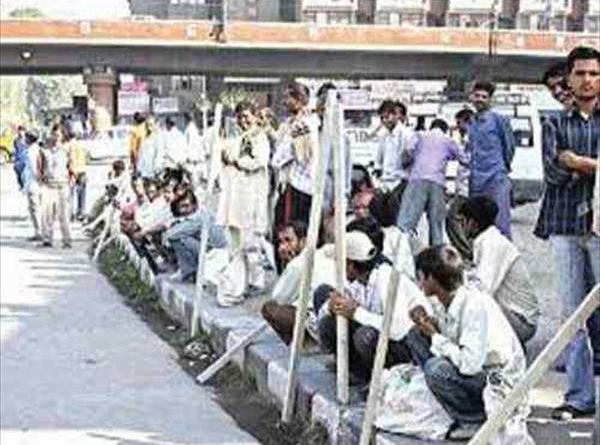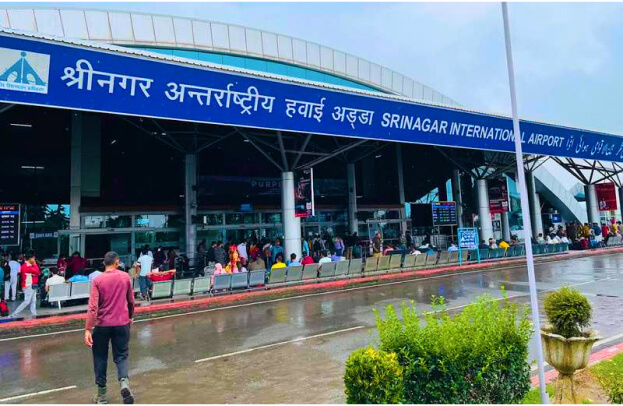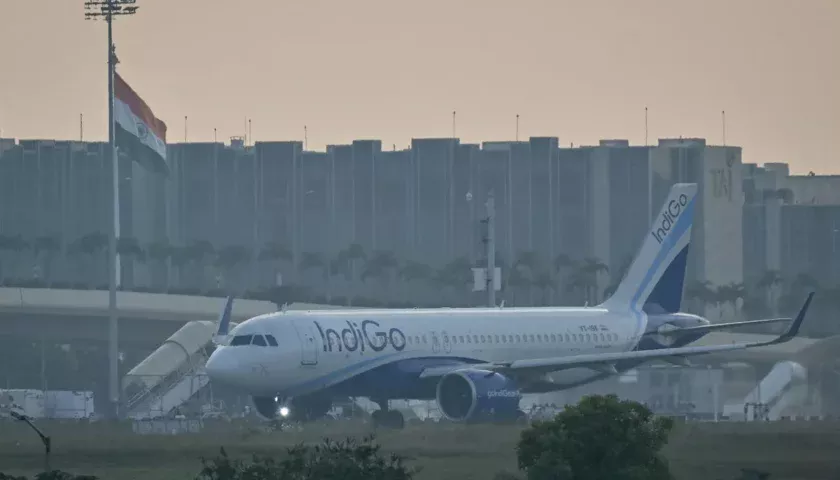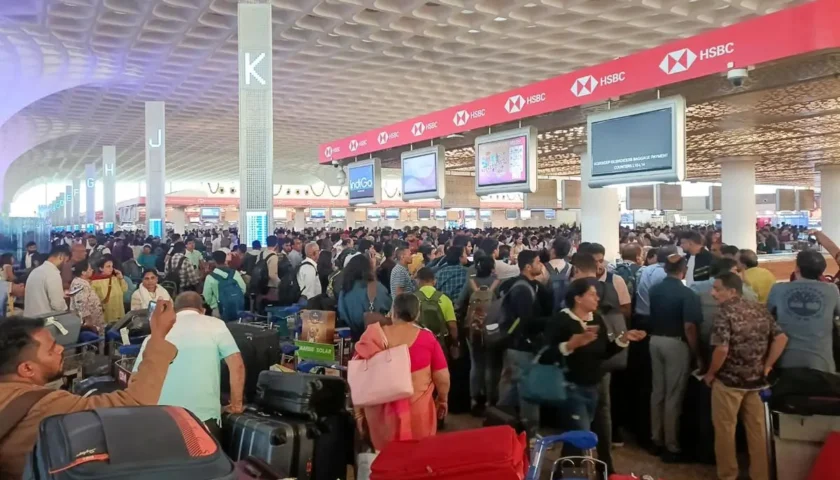From masons to beggars, they’re all ‘imported’
 Kashmir is fast losing its local skilled and unskilled resources as thousands of migrant workers are replacing its indigenous manpower. These non local workers have been coming to Kashmir since decades and the trend is rising day by day.
Kashmir is fast losing its local skilled and unskilled resources as thousands of migrant workers are replacing its indigenous manpower. These non local workers have been coming to Kashmir since decades and the trend is rising day by day.
As per census 2011, Valley’s population has increased to around 70 lakh and government estimates put non-local population around 5-6 lakhs. It means that for every 14 locals, there is one non-local in Kashmir.
“Right from north to south, they have marked their presence everywhere. From selling fried eatables on the roadside, they polish and mend our shoes, work in our fields, construct and repair our homes, collect garbage, and so on,” says M Younis, a resident of Awantipora who employs non locals on his farm.
When asked why he employs non locals only, Younis says, “A local labourer demands higher wages and is hard to find whereas non-locals are almost available anytime.”
A research done by Kashmir University has found that non locals spent not more than 20 per cent of their incomes in the Valley. This way they not only have replaced and rendered locals jobless but, are talking away capital from the state and are contributing to their own states.
These non locals are also believed to be the cause of communicable diseases.
Medicos here believe that the non hygienic living pattern of migrant workers spreads communicable and infectious diseases.
In the summer of 2012, a report prepared on the survey conducted by the J&K AIDS Control Society revealed that non locals contribute to deadly HIV spread in Kashmir.
According to the official reports, the number of HIV positive cases in 2007 was 110, 404 in 2008 and 501 in 2009. Though the figure showed a decline at 360 cases in 2010, it again shot up to 442 in 2011.
This clearly indicates that in 2010 and 2008 during the mass uprise, the HIV cases were low because by that time non locals had already left Kashmir and were back to their native places and again when Kashmir returned to normalcy in 2011, non locals also returned here, and the state also witnessed increase in HIV cases.
Apart from taking over local professions, the unabated influx of beggars from outside Kashmir is a cause of concern for local population.
“These beggars include mostly children and females, they erect slums here,” says Altaf Ahmad Shiekh, a person who lives close to the city’s biggest slum near Padshahi Bagh.
As per reports of various law makers of Valley, the abolishment of formal permit system that was mandatory for non-state subjects to enter J&K is one of the main reasons behind uncontrolled influx of migrant workers inside the state.




